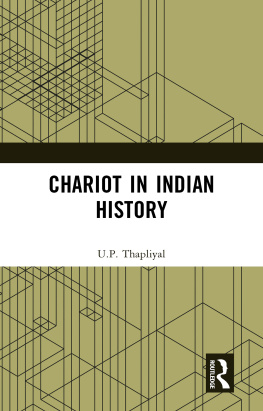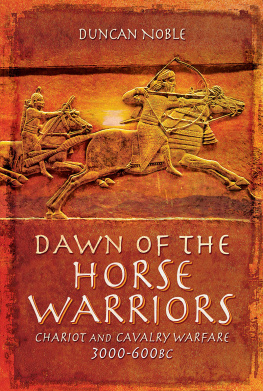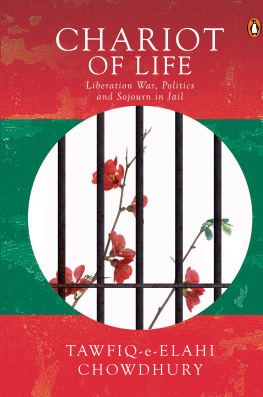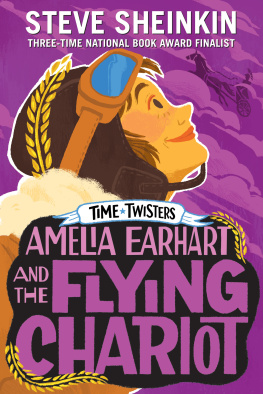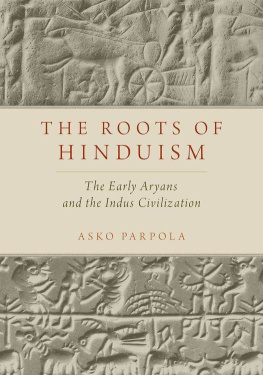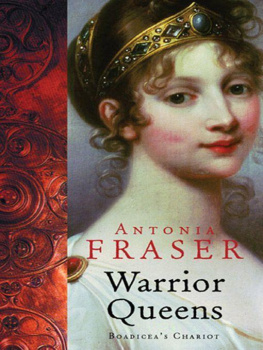
CHARIOT IN INDIAN HISTORY
The invention and development of the chariot around the third millenniumrevolutionized the art of warfare and dominated the battlefields for some3000 years. It seems to have evolved in the borderlands between thesteppes and the riverlands. It is believed that the ryan borrowed theidea of chariot from Sumerians around 2000 bc.
It is presumed that these ryans entered Iran and departed in threebranches. One marches westward towards Syria, another eastwardtowards India and a third stays back in Iran.
The absence of chariot in Indus valley civilization suggests thatchariot arrived in India with ryans, who settled here around 1500 bc.
They used it as a lethal war machine to conquer the natives.The Chariot has played a vital role in Indian warfare through theages, spanning over Vedic, Epic, and Puranic times, as attested to byliterary and archaeological evidence. The Turk invasion marked by thedominance of cavalry arm brought the curtain down on chariot as awar machine. However, it survived in the Indian milieu in some otherincarnations.
U.P. Thapliyal, an alumnus of Allahabad and Delhi Universities,was Director, History Division, Ministry of Defence till 1996. He hasauthored, compiled, and edited more than thirty books on the militaryhistory of India, including Warfare in Ancient India; Military Flags ofIndia: From the Earliest Times, etc.
His research papers have been published in reputed history journals.He has also been a Senior Academic Fellow with ICHR.
Chariot in Indian History
U.P. THAPLIYAL
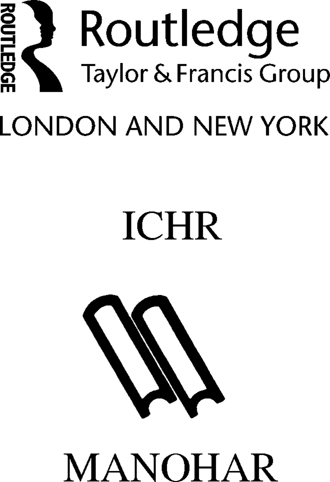
First published 2023
by Routledge
4 Park Square, Milton Park, Abingdon, Oxon OX14 4RN
and by Routledge
605 Third Avenue, New York, NY 10158
Routledge is an imprint of the Taylor & Francis Group, an informa business
2023 U.P. Thapliyal, ICHR and Manohar Publishers
The right of U.P. Thapliyal to be identified as author of this work has been asserted in accordance with sections 77 and 78 of the Copyright, Designs and Patents Act 1988.
All rights reserved. No part of this book may be reprinted or reproduced or utilised in any form or by any electronic, mechanical, or other means, now known or hereafter invented, including photocopying and recording, or in any information storage or retrieval system, without permission in writing from the publishers.
Trademark notice: Product or corporate names may be trademarks or registered trademarks, and are used only for identification and explanation without intent to infringe.
Print edition not for sale in South Asia (India, Sri Lanka, Nepal, Bangladesh, Pakistan or Bhutan)
British Library Cataloguing-in-Publication Data
A catalogue record for this book is available from the British Library
Library of Congress Cataloging-in-Publication Data
A catalog record for this book has been requested
ISBN: 978-1-032-37522-9 (hbk)
ISBN: 978-1-032-37523-6 (pbk)
ISBN: 978-1-003-34060-7 (ebk)
DOI: 10.4324/9781003340607
Typeset in Centenary 11/13
by Kohli Print, Delhi 110051
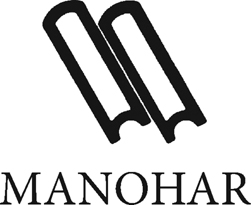
Contents
List of Figures
Photographs collected from Archaeological Survey of India.
Foreword
Dr. U.P. Thapliyal has completed this important and fascinating study as part of the Indian Council of Historical Research 'Senior Academic Fellowship scheme. In fact, the publication is a part of the Councils monograph series which was started many years ago. The chariot, in its various forms has been interwoven in our history. This monograph, through its eight chapters enriches the understanding of the history of chariots, their different purposes, including military and means of transportation with specific reference to Indian history from ancient to early medieval times. The first chapter presents the chariot on the worldwide stage followed in the subsequent chapters in an engrossing manner to the chariot and its use in the course of Indian history. Based to a great extent on important sources such as ancient texts and scriptures that unfold in a chronological form, the result is a very readable and informative volume.
The study has 8 chapters beginning from the Vedic times. Not only has the author drawn the readers attention to the chariot as a medium of warfare but to several other uses including the chariots importance in temple life for example. The study has 18 key illustrations that put in perspective and explain the chariot and its utilization at length.
Dr. Thapliyals hard work and sound historical method has resulted in a major contribution to a field hitherto understated, perhaps un-researched. The ICHR stands well rewarded with regard to having supported the study as part of its Senior Fellowship programme. My earnest congratulations to Dr. Thapliyal for a very good volume.
I must also compliment Prof. Kumar Ratnam, Member Secretary, Dr. Rajesh Kumar, Director (Journal, Publication & Library), and Dr. Md Naushad Ali, Deputy Director (Publication), for their efforts in the process of this publication. I must also thank Shri Ramesh Jain of Manohar Publishers for all his help and attention, resulting in a very good volume.
New Delhi
15 March 2022
Raghuvendra Tanwar
Chairman, ICHR
Preface and Acknowledgements
While pursuing research on warfare in ancient India, I was perplexed by the preponderance of chariots in the Indian battlefield through the ages. It is for the first time in the Vedic literature that the evidence on chariot, as a vehicle of war and also as a means of transport, is met. By virtue of its importance in the life of the people chariot was, then, adored almost like a divinity.
But the moot point is, how the chariot was introduced in India. In the absence of any definitive evidence in the proto-historic India, as represented by the Indus Valley Civilization, it seems that it emerged in India some time after the eclipse of this civilization around 1500 bc.
The appearance of chariot in the Vedic age in a fully evolved form suggests that it was brought to India by immigrants who were well conversant with its use. Perhaps, a people with roots in Western Asia and Central Asia, were instrumental in this. It is notable that a branch of the ryans called Mitannians, who knew all about chariots, had settled in Western Asia some time after 2000 bc. They spoke a language which was similar to Sanskrit and worshipped Vedic gods like Indra, Mitra, Varua and Nsatyas. The Vedic ryans and Mitannians were in all probability the same people, who over the centuries settled in Syria, Iran and India.
For some time, I have been pondering over the improbability of ryan chariot traversing through a treacherous mountainous track separating India and Afghanistan. It is likely that, they negotiated this inhospitable land mass after loading the dismantled chariot parts on the back of their horses. Alternately, a chariot may not have been brought in physically and the ryans, who knew the art, manufactured them on arrival into India, as stated by Staal. But a more plausible explantion would be that, the ryans brought in some prototypes of chariot along with the horses and produced many more after settling in India. The growing resistance of the natives may have accelerated the demand for chariots among the ryans.
Next page
